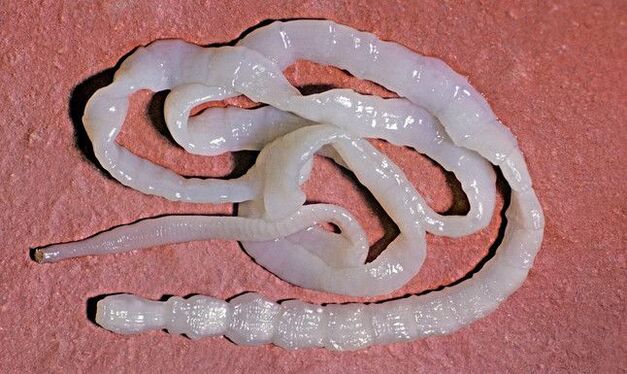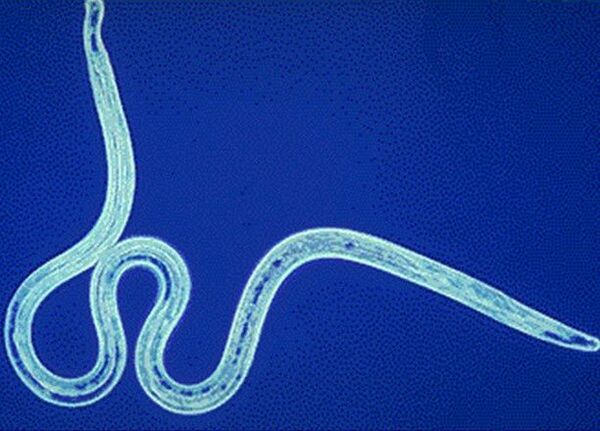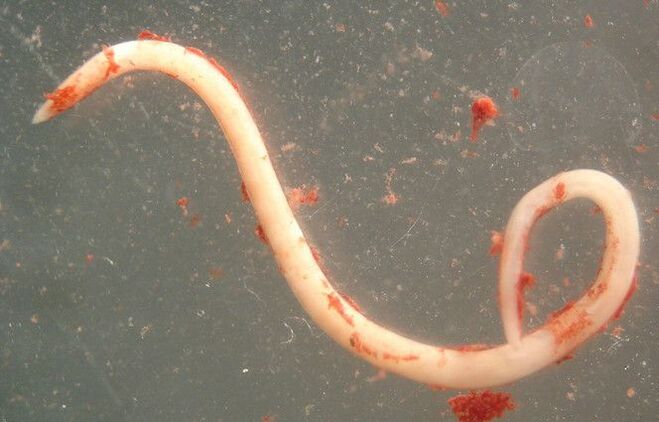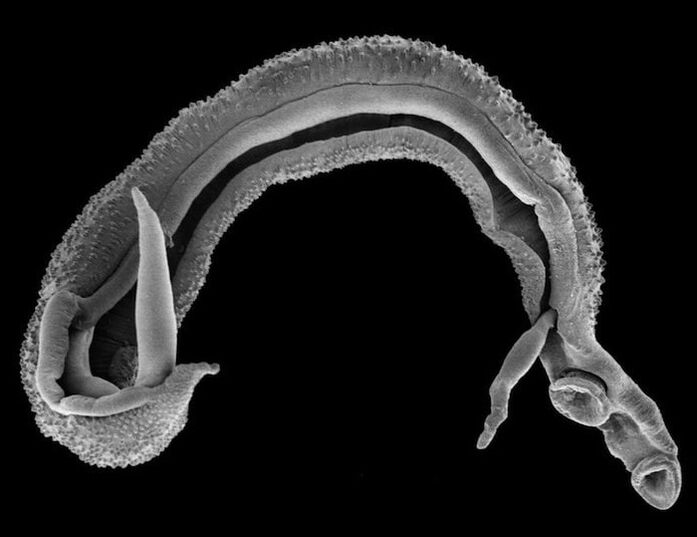Parasites are called lower organisms that can live in the body of a person or animal and feed on it. Scientists have a huge number of such creatures, and each of them is dangerous in its own way and can cause a wide variety of diseases.
Types of parasites in humans
All parasites can be distinguished by several criteria:
- there are two major categories that differ depending on the structure of the body: unicellular (bacteria, viruses) and multicellular;
- parasites can live either on the surface of the body (e. g. lice) or inside a living being (e. g. types of intestinal parasites: worms, etc. );
- according to the time during which they parasitize: they can be permanent (almost all parasites that live inside living beings) and temporary (leeches, mites that leave the body of a living being after feeding).
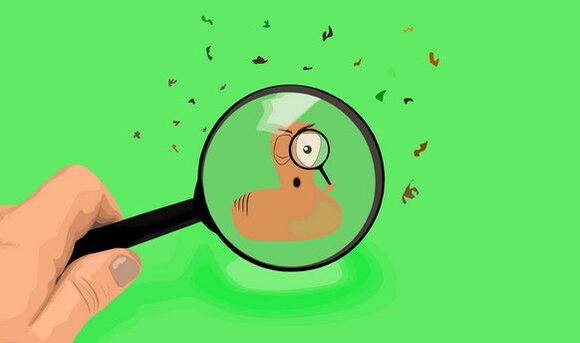
The most common parasites that humans can contract include:
- helminth infections;
- group of protozoan invasions;
- arthropodosis.
Helminths are the most common invaders in the human body. These include roundworms, tapeworms and flukes that can cause diseases such as trematodes.
TOP 5 of the most famous parasites in the human body
- Pinworm - most common among children's groups. In the human body, they parasitize organs such as the large and small intestine. The eggs laid by her are not only in the body, but can also be transferred to bedding and underwear, making her highly contagious. In addition, the eggs are perfectly preserved for a long time in the external environment, although only 4-6 hours are enough to hatch a new parasite.
- Toxocara - most often we get an intruder from our beloved pets, mostly dogs. The size of this creature is quite large - it can reach up to 0. 3 m in length. The eggs of this parasite are most often "picked up" by children playing in the sandpit near which the dog was walking. This type of parasite is dangerous because it can penetrate almost all organs and the consequences of its vital activity can be irreversible.
- Ascaris is one of the common parasites that infect more and more people every day. It enters the human body most often with poorly washed food, raw water, dirty hands and dust. The egg of the parasite, which enters the human body, gradually begins to parasitize in the intestine and can then move through the blood vessels to other organs.
- The tapeworm is the largest of the most common parasites. Cases have been recorded when the extracted parasite reaches several meters in length. The most common causes of infection are the consumption of salted fish, crabs and caviar. If you then notice alarming symptoms in yourself in the form of exhaustion, increased salivation in the morning, nausea and lethargy, you should immediately consult a doctor.
- Echinococcus can enter the body both with poorly washed food, raw water, and from animals. This parasite is dangerous because its larvae can reach almost any organ. Gradually, they stop somewhere and transform into a cyst, which begins to exert pressure on nearby tissues.

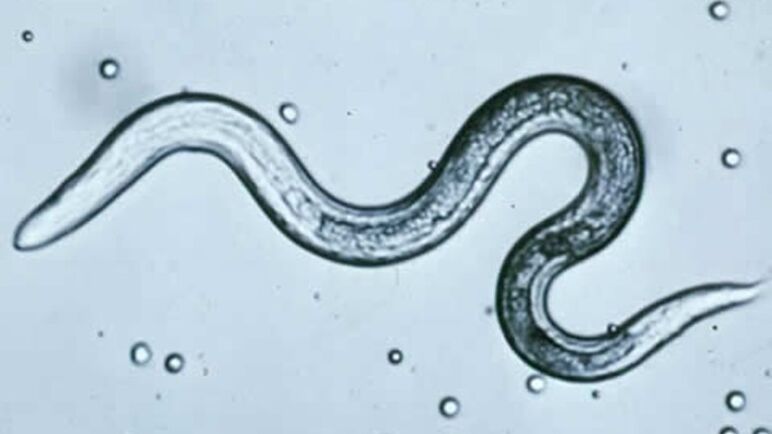

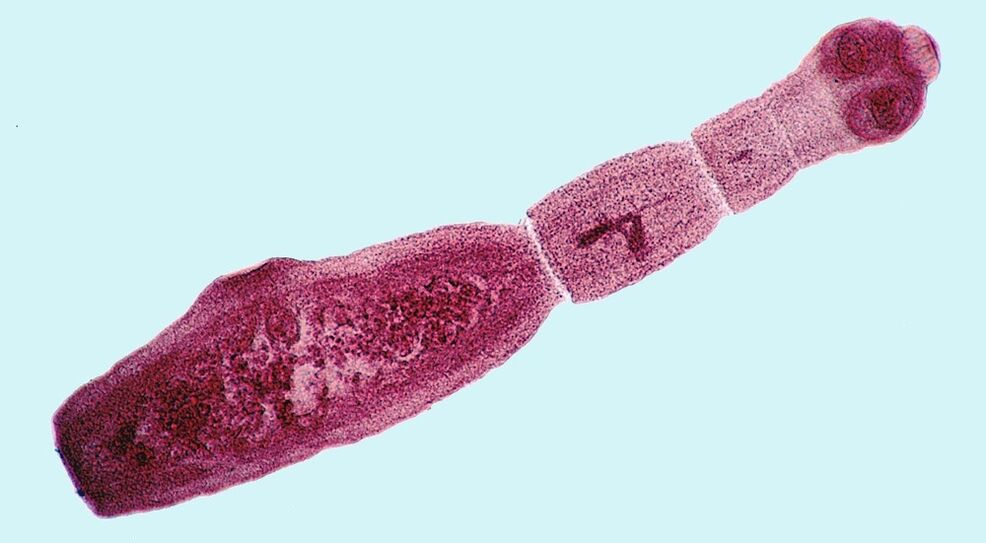
The most dangerous and rare parasites
Along with the "traditional" parasitic organisms that are well known and easily treatable, there are also more dangerous and rare species. These include parasites such as:
- Tapeworm – this parasite can live in the human body for almost its entire life and can be much larger than the tapeworm. On average, according to scientists, the size of an adult parasite can reach from 4 to 40 meters in length.
- Filaria is a more exotic parasite that can be found in tropical countries. Once in the human body, it leads to clogging of the lymphatic vessels, due to which the limbs begin to reach gigantic sizes. This is the main reason for the development of "elephantiasis", since mainly these parasites affect the lower limbs.
- Anisakid is a recent discovery of scientists. Earlier there was information that these parasites are not dangerous due to the fact that they cannot develop in the human body. But now it has been proven that these pests can cause fatal diseases. Most often, they enter the body together with semi-raw seafood and fish.
- Schistosoma - this guest cannot be taken in ordinary life, but when you travel somewhere in the tropics - it is elementary. Especially if you are buying somewhere in a hot tropical climate in fresh water. Once inside the human body, they can lead to anemia, inhibition and retardation of growth, and a reduction in the ability to learn.
